10 Best Values in Public Colleges, 2016
In 2015-16, the average sticker price for in-state students at a four-year public school was $19,548 (including tuition, fees, and room and board), according to the College Board.


In 2015-16, the average sticker price for in-state students at a four-year public school was $19,548 (including tuition, fees, and room and board), according to the College Board. Given that the total average sticker price for private schools reached $43,921 for 2015-16, attending an in-state public college remains an effective way to keep college costs in check. The schools that earn top honors on our public colleges list range from small colleges to immense flagship universities, but they all meet our definition of value: a high-quality education at an affordable price.
To find the best value in public colleges and universities, we look at measures of academic quality, including a competitive admission rate, a low student-faculty ratio and a high four-year graduation rate. On the financial side, we look for schools with reasonable price tags, solid financial aid for students who qualify, and a low average debt among students who borrow. Our public college rankings are based on costs for in-state students.
These 10 schools lead the pack of public colleges for their academic excellence and affordability. Take a look.

1. The University of North Carolina at Chapel Hill
- Location: Chapel Hill, N.C.
- Undergraduate enrollment: 18,350
- 4-year grad rate: 81%
- Total annual cost: $20,935 in-state; $46,017 out-of-state
- Total net cost (for students who qualify for aid): $6,144 in-state
- Average graduating debt: $18,945
- Salary yardstick: $50,400
- SEE ALSO: SLIDE SHOW: 10 Best College Values, 2016
The Tar Heels top our list of best public colleges for the 15th straight time – as many times as Kiplinger has ranked public colleges. UNC also nabs the top spot on our list for best out-of-state values. This large, public research university, which opened its doors to students in 1795 as the nation's first public university, has a competitive 28% admission rate and high test scores among incoming freshmen (24% scored 700 or higher on the critical-reading portion of the SAT, and 32% scored 700 or more on the math portion). UNC offers more than 70 undergraduate majors and minors, ranging from archeology and economics to linguistics and political science.
UNC's annual in-state sticker price is on par with the average cost of a four-year public college. But the average annual net price for in-state students after need-based aid is less than one-third of that price. Chapel Hill is one of only two public colleges on our list to meet 100% of each student’s demonstrated financial need. Much of this aid is awarded as grants (which don't have to be repaid) rather than loans. Only 41% of students borrow, among the lowest percentage of borrowers on our list of 100 public colleges.

2. University of Florida
- Location: Gainesville, Fla.
- Undergraduate enrollment: 33,720
- 4-year grad rate: 67%
- Total annual cost: $17,331 in-state; $39,609 out-of-state
- Total net cost (for students who qualify for aid): $10,553 in-state
- Average graduating debt: $20,642
- Salary yardstick: $51,300
At $17,331, the University of Florida's in-state sticker price is the lowest on our top 10 list – making the school an attractive option for those who don't expect to qualify for need-based aid. But for families who do qualify, an average need-based aid award of $6,778 cuts the school’s sticker price by 39%. And for in-state students with strong academic records, Florida's Bright Futures Scholarship program helps cover tuition and fees.
The largest public university on our top 10 list, UF accepts 47% of students who apply. Half of the students who are accepted choose to enroll, and 96% of freshmen return for their sophomore year. But Florida Gators don't make their way to the school’s 2,000-acre Gainesville campus just for the reasonably priced tuition. The University of Florida offers 16 colleges of specialized study and more than 100 undergraduate majors, including finance, marine sciences, natural resource conservation and tourism, events and recreation management. The university is also a national hub for medical and scientific research.
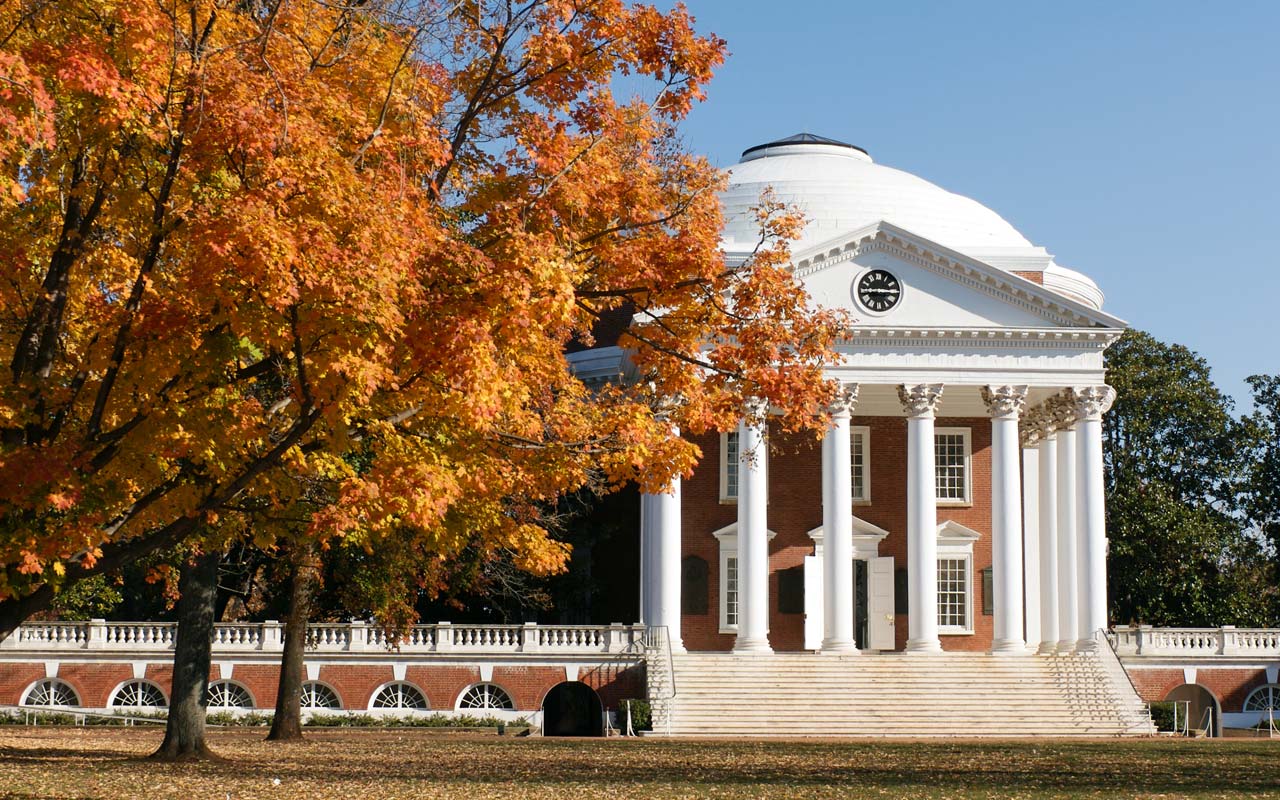
3. University of Virginia
- Location: Charlottesville, Va.
- Undergraduate enrollment: 16,483
- 4-yr grad rate: 87%
- Total annual cost: $26,348 in-state; $55,644 out-of-state
- Total net cost (for students who qualify for aid): $6,942 in-state
- Average graduating debt: $22,933
- Salary yardstick: $58,600
- SEE ALSO: SLIDE SHOW: 10 Best Colleges With the Lowest Average Graduating Debt
The "Academical Village" founded by Thomas Jefferson cements a third-place finish on our list of public colleges for its blend of academic quality and affordability. The University of Virginia admits only 29% of applicants, and 41% of those offered admission attend. UVA does an impressive job of ushering students to graduation day on time, sparing families the expense of an extra year of attendance. A total of 87% of students collect their diplomas within four years, giving UVA the highest four-year graduation rate on our list of 100 public colleges.
The University of Virginia is one of two schools on our list of 100 public colleges to meet 100% of each student's demonstrated financial need. The school's average need-based aid award of $19,406 reduces the annual cost of attendance by 74% to $6,942 for in-state students, among the lowest of all 100 public schools in our rankings.
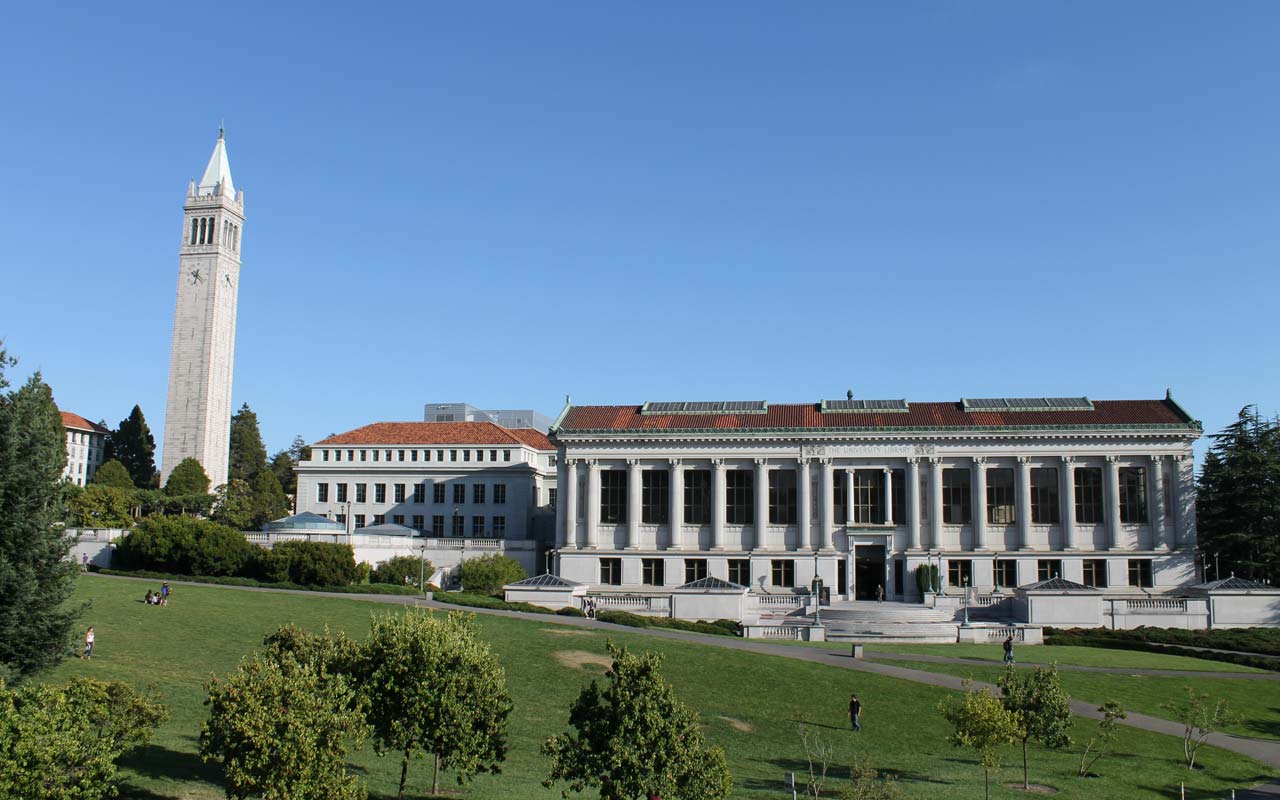
4. University of California, Berkeley
- Location: Berkeley, Calif.
- Undergraduate enrollment: 27,126
- 4-yr grad rate: 72%
- Total annual cost: $30,093 in-state; $54,801 out-of-state
- Total net cost (for students who qualify for aid): $7,958 in-state
- Average graduating debt: $17,584
- Salary yardstick: $62,700
UC Berkeley has climbed our list of public colleges in the past two years thanks to a larger average need-based aid award. Also helping the Golden Bears climb our list: a shrinking admission rate. With just 16% of applicants accepted, UC Berkeley has the most competitive admission rate of all 100 public colleges on our best values list. Once on campus, students can select courses from 170 academic departments and programs. And although students come to Berkeley with plenty of smarts (37% scored 700 or higher on the critical-reading portion of the SAT, and 54% scored top marks on the math section), students have recently taken to rubbing a century-old stone ball, known as the 4.0 ball, before exams for good luck.
UC Berkeley has one of the highest in-state sticker prices of all 100 public colleges on our list, but generous financial aid keeps the cost of attendance in check for families with financial need. An average need-based aid award of $22,135 reduces the school's sticker price by 74%, to less than $8,000 per year for in-state students. Less than 40% of students borrow (compared with the national average of 60% for public school students). UC Berkeley also boasts the lowest average debt at graduation of any school in our top 10.

5. University of Michigan
- Location: Ann Arbor, Mich.
- Undergraduate enrollment: 28,395
- 4-yr grad rate: 76%
- Total annual cost: $25,458 in-state; $54,078 out-of-state
- Total net cost (for students who qualify for aid): $10,408 in-state
- Average graduating debt: $26,510
- Salary yardstick: $57,900
- SEE ALSO: SLIDE SHOW: 10 Great Colleges Where Your Kid Can Graduate in 4 Years or Less
The University of Michigan continues its steady ascent in our rankings, moving to number five this year on our public colleges list. A dramatic increase in the school's four-year graduation rate helps move UM up our list. On the financial side, modest cost increases, combined with generous financial aid, fuel the Wolverines' climb. In 2015-16, UM's sticker price for in-state students increased 2.7%, compared with the average 3.3% increase at public schools nationwide, according to the College Board. And the average need-based aid award more than kept pace with the increase, causing the net cost for in-state students after need-based aid to decrease by nearly $500.

6. University of California, Los Angeles
- Location: Los Angeles, Calif.
- Undergraduate enrollment: 29,633
- 4-yr grad rate: 73%
- Total annual cost: $29,266 in-state; $53,974 out-of-state
- Total net cost (for students who qualify for aid): $10,460 in-state
- Average graduating debt: $20,759
- Salary yardstick: $59,200
Fierce competition for admission helps UCLA, the largest school in the University of California system, secure its place in the top 10. The school draws more applicants than any of the other 300 schools on our best value lists, and UCLA's 19% admission rate is the second-lowest on our list of 100 public colleges. Twenty-eight percent of incoming freshmen scored 700 or higher on the critical-reading portion of the SAT, and 46% earned top marks on the math portion. An average need-based aid award of $18,806 cuts the school's in-state sticker price by 64%. Students who borrow graduate with an average debt that’s about $4,700 lower than the national average ($25,500) for four-year public school borrowers.
UCLA students can select from more than 125 majors, including business economics, political science and psychobiology. Outside of class, Bruins have access to more than 1,000 student organizations. And the school’s location in the Westwood neighborhood of Los Angeles offers students easy access to downtown for internship and job opportunities.
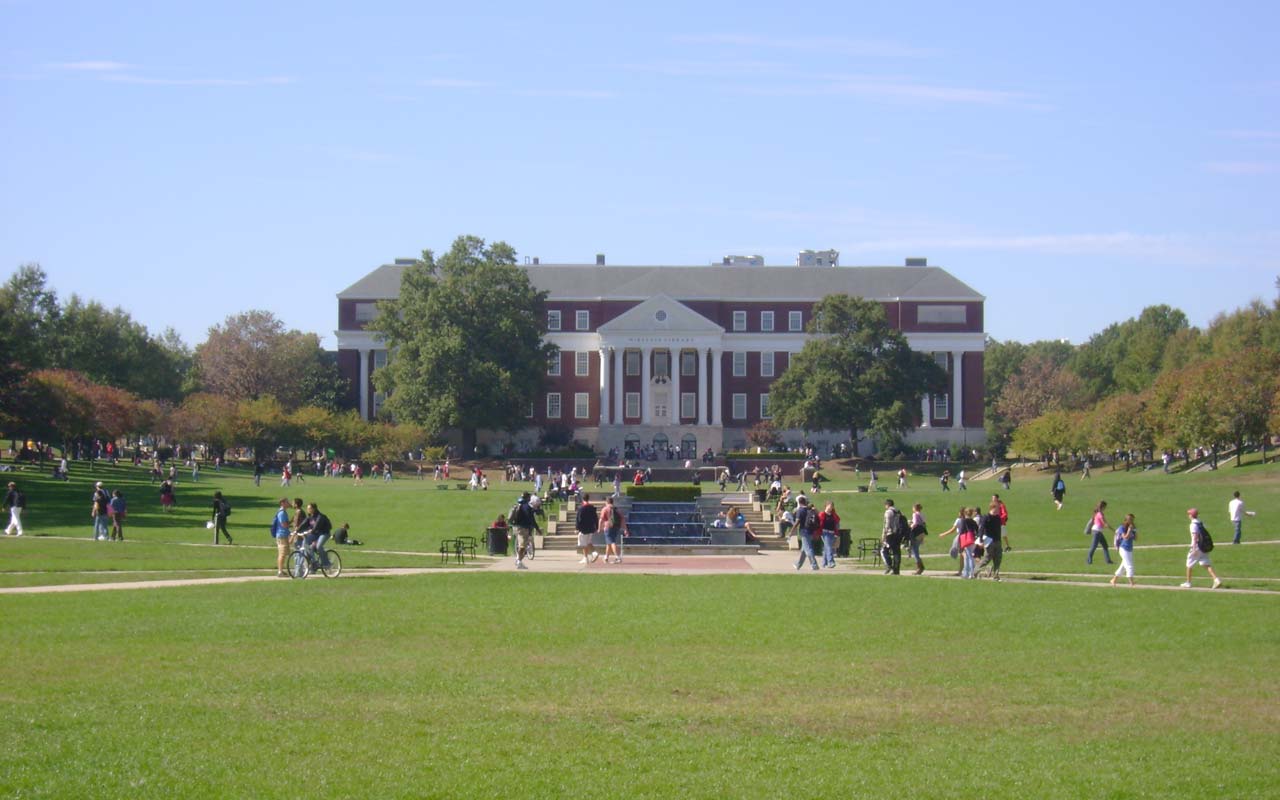
7. University of Maryland, College Park
- Location: College Park, Md.
- Undergraduate enrollment: 27,056
- 4-yr grad rate: 67%
- Total annual cost: $22,098 in-state; $43,246 out-of-state
- Total net cost (for students who qualify for aid): $13,442 in-state
- Average graduating debt: $25,131
- Salary yardstick: $59,100
- SEE ALSO: SLIDE SHOW: 10 Best College Majors for a Lucrative Career
Maryland's flagship university climbs two places, to number seven on our list of public colleges, for its reasonable sticker price and generous financial aid. This public research university, located between Washington, D.C. and Baltimore, admits nearly half of applicants. And an impressive 96% of freshmen return to campus for their sophomore year. Terps can study any of 90 undergraduate majors and join any of more than 800 student groups.
An average annual need-based aid award of $8,656 cuts the in-state sticker price by 39%. Thanks to the school's reasonable sticker price—about $2,500 above the national average for in-state costs-- and generous financial aid, more than half of students graduate without taking out student loans. The school also awards non-need-based aid to 19% of students who don’t qualify for need-based aid, reducing the costs for those families.
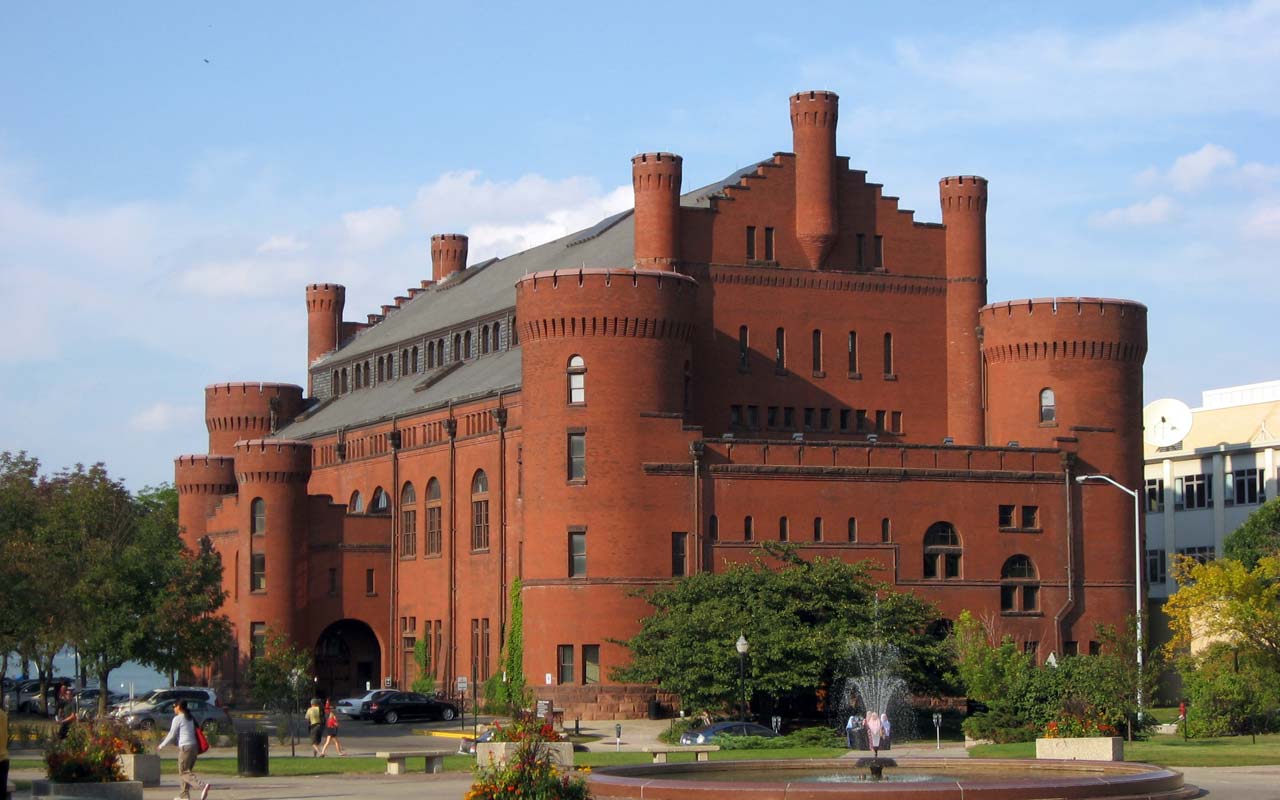
8. University of Wisconsin–Madison
- Location: Madison, Wis.
- Undergraduate enrollment: 31,289
- 4-yr grad rate: 56%
- Total annual cost: $20,419 in-state; $39,669 out-of-state
- Total net cost (for students who qualify for aid): $10,529 in-state
- Average graduating debt: $26,579
- Salary yardstick: $51,000
The Badgers have something to cheer about: For the third consecutive year, the school’s net price has actually decreased for in-state students. For 2015-16, the school's in-state sticker price increased a modest 1%, but the average need-based aid award, which cuts the school's 2015-16 in-state sticker price by 48%, more than kept pace.
Wisconsin's flagship school, located along the shore of Lake Mendota, is the second-largest in our top 10 list, and it attracts strong students: 39% of incoming freshmen scored 30 or higher on the ACT. UM-Madison offers 134 undergraduate majors and more than 800 student organizations. Each year, students can select from more than 4,700 courses; 95% of students return for a second year.

9. University of Washington
- Location: Seattle, Wash.
- Undergraduate enrollment: 30,672
- 4-yr grad rate: 61%
- Total annual cost: $24,355 in-state; $46,659 out-of-state
- Total net cost (for students who qualify for aid): $9,355 in-state
- Average graduating debt: $21,532
- Salary yardstick: $52,100
- SEE ALSO: SLIDE SHOW: 10 Worst College Majors for Your Career
The declining net price for in-state students helps the University of Washington move up two spots on our public colleges list. Under the state of Washington's new budget, in-state tuition dropped 5% at the University of Washington for 2015-16 and will decrease another 10% in 2016-17. Other reasons for an improved showing on the part of the Evergreen State's flagship university: a stronger four-year graduation rate and a more competitive 55% admission rate (down from 58% in 2011).
Among incoming freshmen, 12% scored 700 or higher on the critical-reading portion of the SAT, and 26% scored top marks on the math section; 94% of freshmen returned to "U-Dub" for a second year. The school's 11-to-one student-faculty ratio is the lowest in our top 10. The University of Washington offers 180 majors and is home to 16 academic colleges, which offer a total of about 1,800 courses each year.

10. The College of William and Mary
- Location: Williamsburg, Va.
- Undergraduate enrollment: 6,299
- 4-yr grad rate: 83%
- Total annual cost: $31,650 in-state; $53,350 out-of-state
- Total net cost (for students who qualify for aid): $17,736 in-state
- Average graduating debt: $25,733
- Salary yardstick: $56,400
The College of William and Mary earns its spot in our list of the top 10 public institutions for its impressive 83% four-year graduation rate (second-best on our list of 100 public colleges) and 12-to-one student-faculty ratio (the second-lowest in our top 10). Admission into this "public ivy" is competitive: One-third of applicants are offered admission. Among incoming freshmen, 45% scored 700 or higher on the critical-reading portion of the SAT, and 43% scored 700 or higher on the math section. The average need-based aid award drops the school's in-state sticker price by 44%.
Located in the historic town of Williamsburg, the smallest school in our top 10 list gives students a broad range of majors, from chemistry and Latin to marketing and neuroscience. Outside of class, students can choose from more than 400 student clubs and organizations.
Get Kiplinger Today newsletter — free
Profit and prosper with the best of Kiplinger's advice on investing, taxes, retirement, personal finance and much more. Delivered daily. Enter your email in the box and click Sign Me Up.

-
 Two Don'ts and Four Dos During Trump's Trade War
Two Don'ts and Four Dos During Trump's Trade WarThe financial rules have changed now that tariffs have disrupted the markets and created economic uncertainty. What can you do? (And what shouldn't you do?)
By Maggie Kulyk, CRPC®, CSRIC™
-
 I'm Single, With No Kids: Why Do I Need an Estate Plan?
I'm Single, With No Kids: Why Do I Need an Estate Plan?Unless you have a plan in place, guess who might be making all the decisions about your prized possessions, or even your health care: a court.
By Cynthia Pruemm, Investment Adviser Representative
-
 What to Do With Your Tax Refund: 6 Ways to Bring Growth
What to Do With Your Tax Refund: 6 Ways to Bring GrowthUse your 2024 tax refund to boost short-term or long-term financial goals by putting it in one of these six places.
By Rachael Green
-
 What Does Medicare Not Cover? Eight Things You Should Know
What Does Medicare Not Cover? Eight Things You Should KnowHealthy Living on a Budget Medicare Part A and Part B leave gaps in your healthcare coverage. But Medicare Advantage has problems, too.
By Donna LeValley
-
 15 Reasons You'll Regret an RV in Retirement
15 Reasons You'll Regret an RV in RetirementMaking Your Money Last Here's why you might regret an RV in retirement. RV-savvy retirees talk about the downsides of spending retirement in a motorhome, travel trailer, fifth wheel or other recreational vehicle.
By Bob Niedt
-
 The Six Best Places to Retire in New England
The Six Best Places to Retire in New Englandplaces to live Thinking about a move to New England for retirement? Here are the best places to land for quality of life, affordability and other criteria.
By Stacy Rapacon
-
 The 10 Cheapest Countries to Visit
The 10 Cheapest Countries to VisitWe find the 10 cheapest countries to visit around the world. Forget inflation woes, and set your sights on your next vacation.
By Quincy Williamson
-
 15 Ways to Prepare Your Home for Winter
15 Ways to Prepare Your Home for Winterhome There are many ways to prepare your home for winter, which will help keep you safe and warm and save on housing and utility costs.
By Donna LeValley
-
 Six Steps to Get Lower Car Insurance Rates
Six Steps to Get Lower Car Insurance Ratesinsurance Shopping around for auto insurance may not be your idea of fun, but comparing prices for a new policy every few years — or even more often — can pay off big.
By Donna LeValley
-
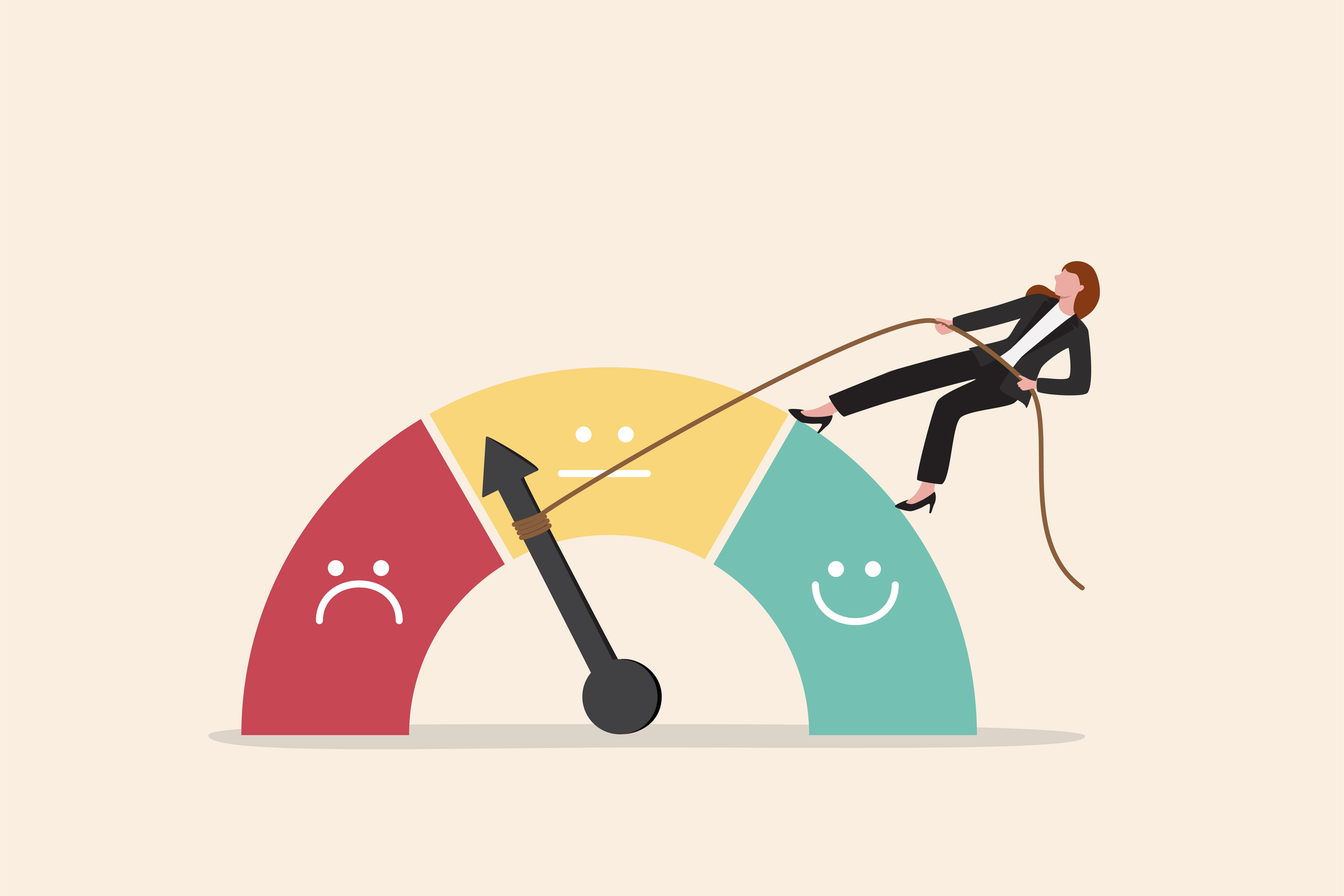 How to Increase Credit Scores — Fast
How to Increase Credit Scores — FastHow to increase credit scores quickly, starting with paying down your credit card debt.
By Lisa Gerstner
